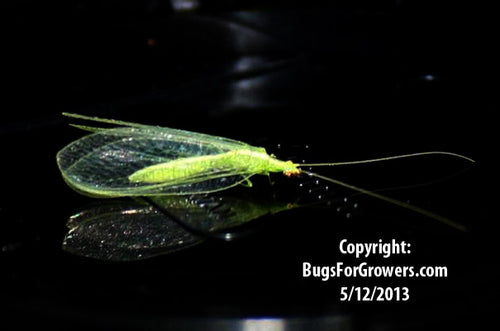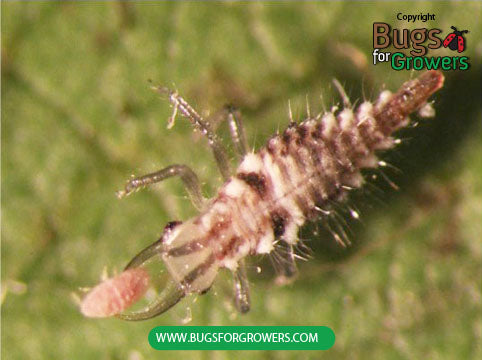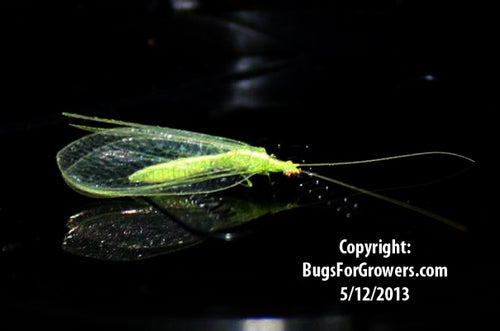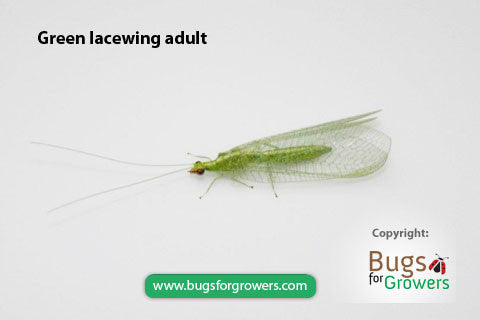Mealybugs
Importance of Mealybugs
The mealybugs are the most damaging pest of many crops and ornamentals including asparagus, beans, chrysanthemum, citrus, corn, cotton, grapevine, hibiscus, pea, peanut, plums, soybean and sugarcane.
Facts (show all)
- Taxonomy and list of the most economically devastating species of mealybugs
-
- Common name: Mealybugs
- Kingdom: Animalia
- Phylum: Arthropoda
- Class: Insecta
- Order: Hemiptera
- Superorder: Sternorrhyncha
- Superfamily: Pseudococcidae
- Family: Coccoidea
- Genera: Several genera are described
- Species: Several species are described
- Identification of mealybugs
-
Adults: Adults of mealybugs are oval shaped, about 3 mm long with a white waxy covering. Females of mealybugs are wingless whereas males possess a pair wings and two tail-like projections at their rear ends.
Eggs: Mealybug females generally lay range colored eggs in masses on all the leaves, twigs, branches and flower buds.
Nymphs: Mealybug nymphs are also called as crawlers. Like adults, nymphs are also covered with white waxy material.
- Biology of mealybugs
-
A single mealybug female generally lays over 600 orange colored eggs in masses on the leaves, twigs, branches and flower buds. Eggs hatch within 9-10 days into tiny nymphs also called as crawlers that are very active. Female nymphs develop through three stages (instars) and become adults within 30 days. Under optimal conditions, mealybugs can complete their life cycle within 30 days and about 15 generations within a year.
- What type of damage is caused by mealybugs?
-
Both adults and nymphs of mealybugs feed on flowers, leaves, twigs, young branches and flower buds of host plants. While feeding these mealybugs generally inject toxic saliva into plant cells. The major symptoms of mealybug damage include curling of leaves, stunted plant growth and a “bunchy top” appearance of growing shoots. In addition, honey-due secreted by mealy bugs helps to develop black sooty mold on the leaves, fruits, twigs, buds and stems. This black sooty mold can affect photosynthesis (a process in which plants use sun energy to make their own food) and reduce both the aesthetic and market values crops. The heavy infestation of mealy bugs can kill entire host plant.
- Biological control of mealybugs
-
In organic gardens, control of mealybugs with beneficial insects is the best option because they do not cause any harm to humans, pets and the environment. A release of commercially available beneficial insects including Green lacewings (Chrysoperla carnea and Chrysoperla rufilabris), mealybug destroyer beetle (Cryptolaemus montrouzieri), predatory ladybird beetle (Lindorus (Rhyzobius) lophanthae), predatory row beetles (Atheta coriaria) and parasitic wasps (Anagyrus pseudococci) in the organic gardens proved to be very effective in killing both adults and nymphs of mealy bugs and thus reducing the damage caused by them.
- Beneficial insects that are effective against mealybugs
-
- Green lacewings, Chrysoperla carnea and Chrysoperla rufilabris
- Mealybug destroyer beetle, Cryptolaemus montrouzieri
- Ladybird beetle, Lindorus lophanthae
- Predatory row beetle, Atheta coriaria
- Parasitic wasp, Anagyrus pseudococci
- Research Papers
-
Coming soon








